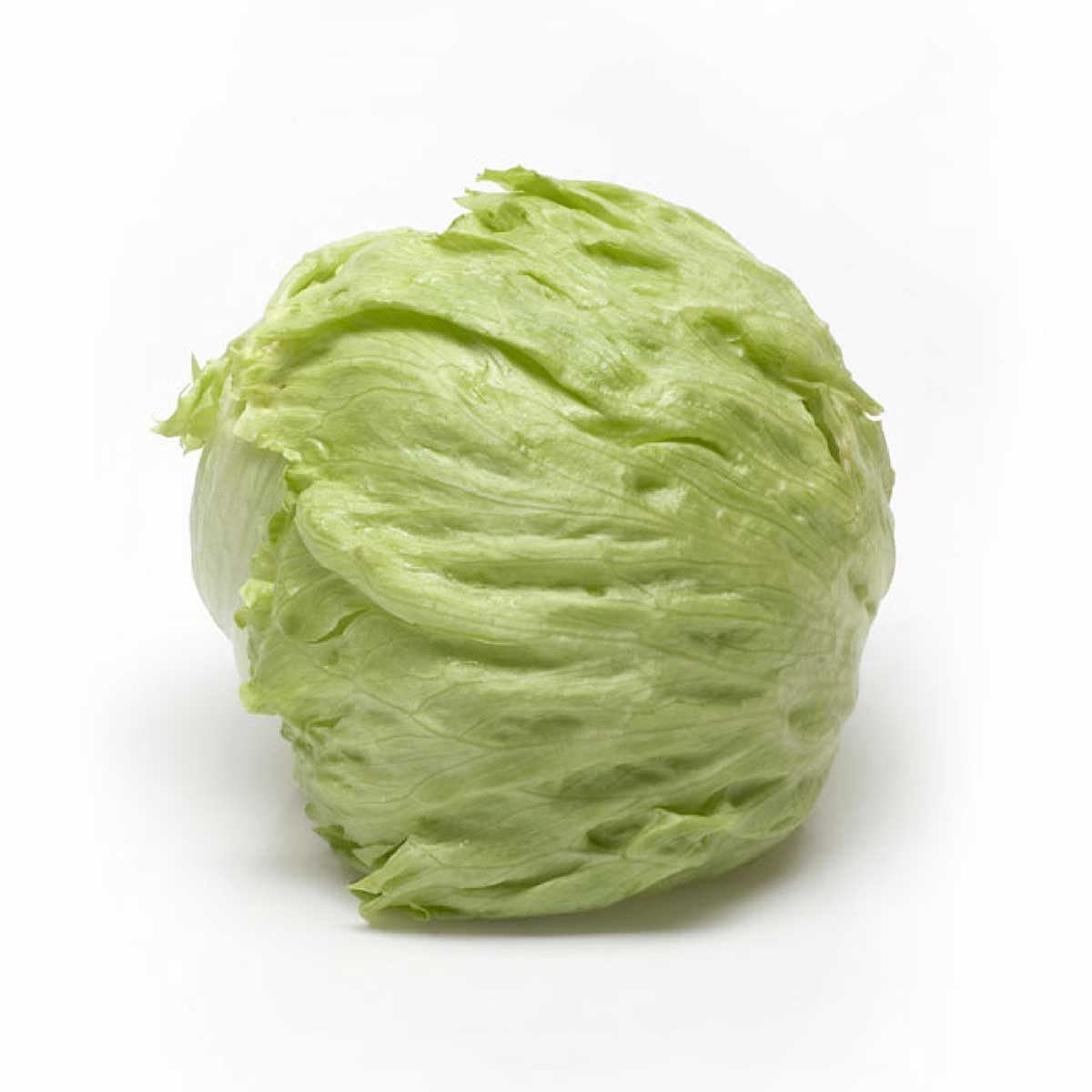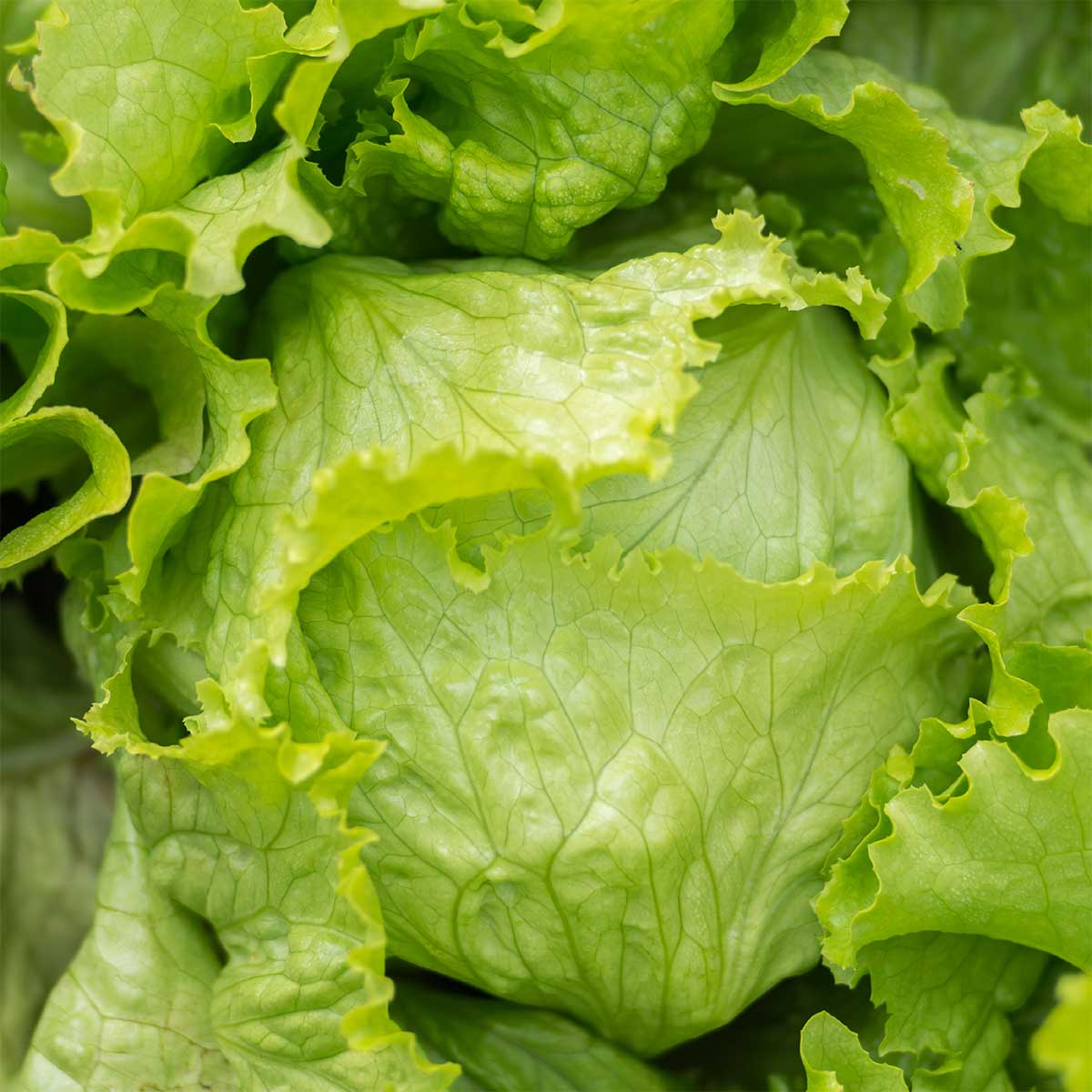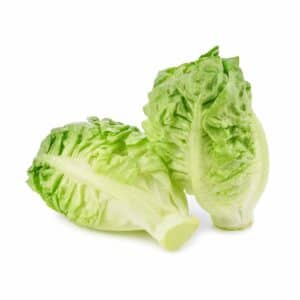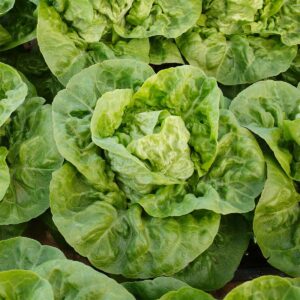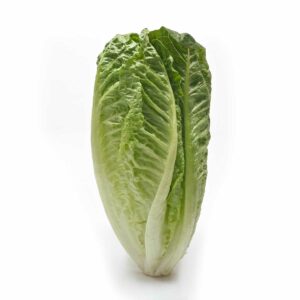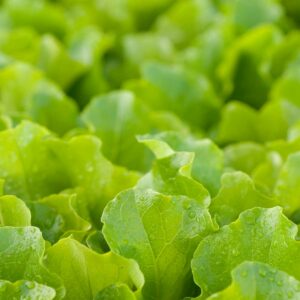Description

Iceberg lettuce is a round-shaped lettuce, but with very broad, concave and wrinkled leaves, with a light colour and crunchy texture. It is the most common type of lettuce, as it is easy to grow and obtain all year round, it keeps very well and has many vitamins and minerals, being the queen of salads.
Growing iceberg lettuce
The growing cycle of iceberg lettuce depends 100% on the weather and the time of planting. Spring and summer varieties have a very short cycle, from 50 to 70 days. On the other hand, iceberg lettuce planted in autumn-winter has a duration from transplanting of 100 to 120 days.
The temperature affects the growth of the iceberg lettuce, although it is a vegetable that withstands the cold very well. With the summer heat and the excess of temperature, it may be possible to bring forward the gleaning and the loss of the harvest and productivity. For that reason, the Region of Murcia is a perfect place for its cultivation, as the winters are mild, with no major temperature changes.
How to cultivate the iceberg lettuce?
Before starting the cultivation of iceberg lettuce, the soil must be prepared. First of all, the soil must be levelled and flattened, avoiding any unevenness where water can accumulate. Then, Iceberg Lettuce can be planted approximately 30 cm apart. The ridge should be about 25 cm high to prevent the leaves from coming into contact with humidity. It grows very quickly in summer.
The first watering of iceberg lettuce is carried out at the time of planting so that the roots take firm hold of the soil. Subsequently, water once a week for the first three weeks and the growth of this type of lettuce will be fast and efficient.
Is iceberg lettuce good for you?
The answer is absolutely yes, Iceberg lettuce is known to many healthy eaters and diet lovers. Due to its low-calorie content and pleasant taste, it can be consumed without limits.
These are some of the benefits of this type of lettuce:
- As part of a large amount of dietary fibre, it cleanses the body. Therefore, the systematic use of lettuce will remove toxins, radionuclides and heavy metals.
- Some researchers have shown that the leaves are used in the fight against cancer diseases. Scientists claim that Iceberg slows down the flow of blood to cancer cells and triggers their self-destruction.
- Iceberg has been found to have a positive effect on the central nervous system. With regular intake, the psycho-emotional environment improves, insomnia and anxiety disappear.
- Undeniable benefits are observed in the heart muscle and in the vascular system in particular. Salad leads to the prevention of atherosclerosis, increases haemoglobin, cleans the blood channels.
- The product strengthens bone tissue, improves muscle fibres, maintains water balance and triggers the breakdown of fatty plaques.
- Iceberg lettuce is a healthy food for diabetics.
How many calories are in iceberg lettuce?
Iceberg lettuce has a low-calorie content, 100 grams accounted for only 13 Kcal. In terms of energy value, 1.8 grams of carbohydrates, 0.9 grams of protein and 0.1 grams of fat. The composition of the major part of iceberg lettuce is water, it is in the salad 96%. In addition, the product contains a large amount of di- and polysaccharides, dietary fibre, saturated fatty acids, alkaloid compounds, phytocides.
Like other plants of this type, Iceberg covers a lot of vitamins and mineral complexes. It contains a large amount of ascorbic acid, tocopherol, retinol, beta-carotene, B vitamins and others.
How to store iceberg lettuce?
The best way to keep iceberg lettuce in optimal eating condition is to store it in the fridge. For best preservation, we recommend washing the leaves with fresh tap water and storing them in the fridge for up to 10 days, you can use a plastic bag to put them in. If you keep them dry in the refrigerator, the leaves should last for about 10 days.

